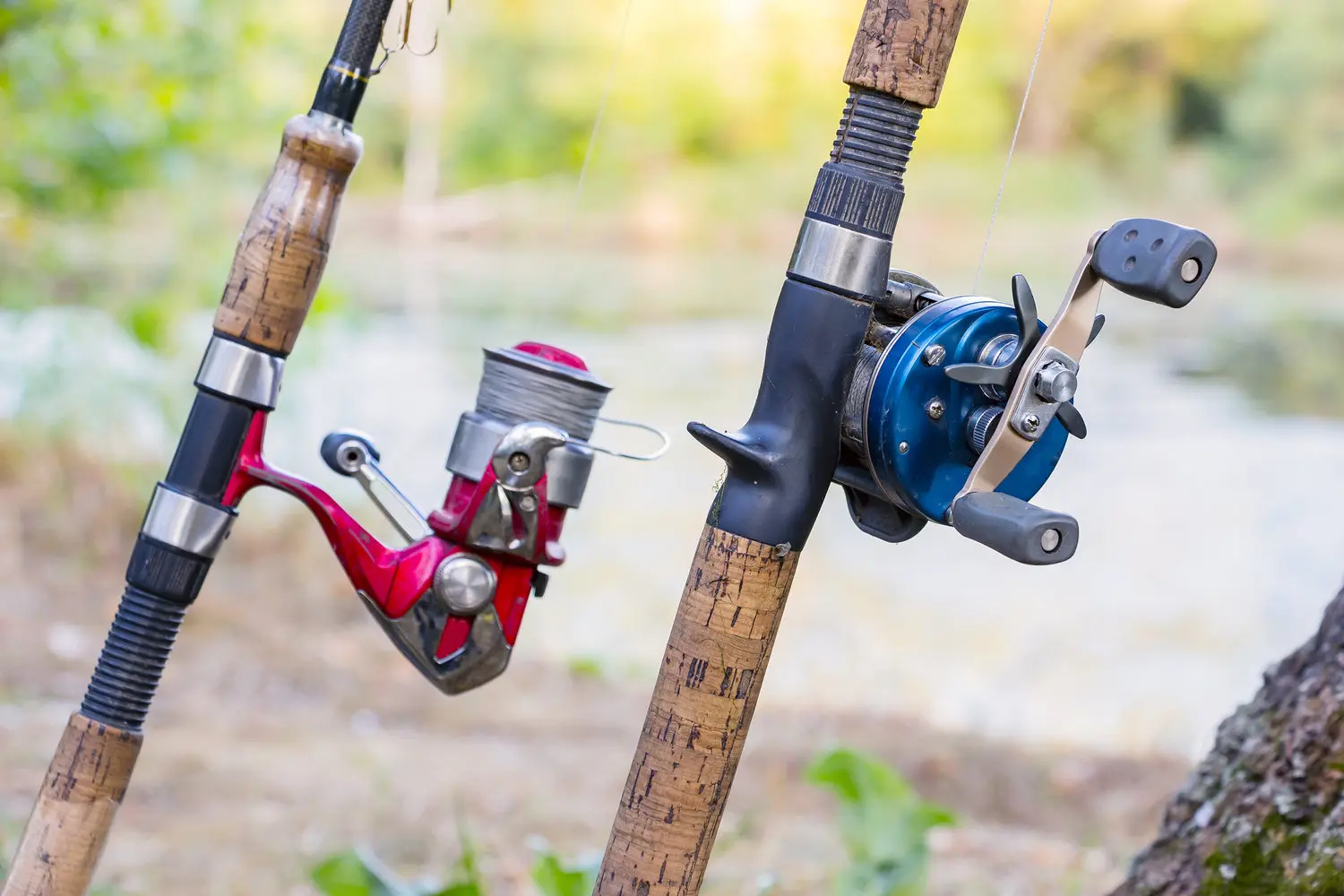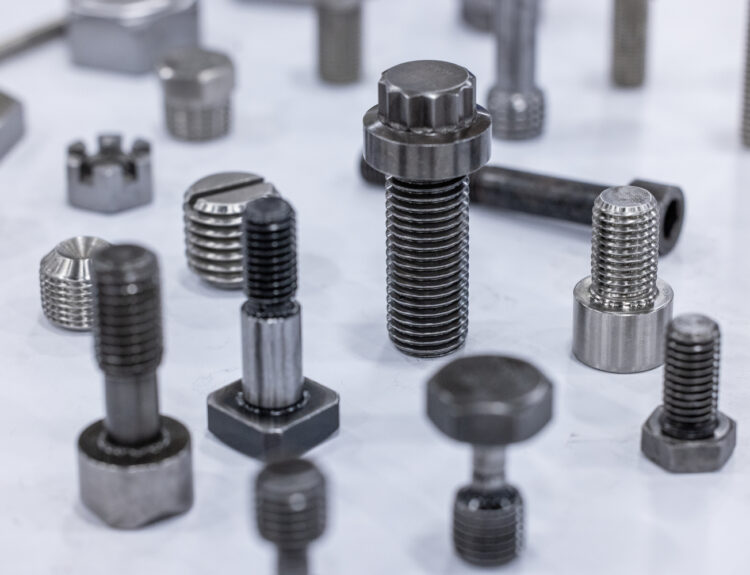Fishing reels are essential for any angler, providing the control and power to catch various types of fish. With technological advancements, reels have become highly specialized, catering to specific fishing techniques and environments. For those who enjoy fishing in coastal areas, saltwater fishing reels are mainly designed to withstand the harsh conditions of saltwater fishing.
This article aims to guide you through the different types of fishing reels and how to choose the best one for your particular needs. Whether a novice angler or an experienced fisherman, having the right reel can make all the difference in your fishing experience. Selecting the appropriate reel enhances performance and adds to the joy and fulfillment of a successful fishing trip.
Types of Fishing Reels
Several types of fishing reels are designed for specific fishing techniques and environments. Understanding these types and their applications will help you make an informed decision. The most common types include:
- Spinning Reels:Known for their versatility and ease of use, they are ideal for beginners and experienced anglers alike. They are suitable for various fishing techniques and can handle multiple fish species. Spinning reels are user-friendly, making them popular for recreational fishing and casual anglers.
- Baitcasting Reelsoffer greater accuracy and control, making them perfect for targeting larger fish and more challenging conditions. Baitcasting reels require more skill but provide excellent performance for those who master them. Their design allows precision casting, making them suitable for professional and competitive fishing.
- Fly Reels:Specifically designed for fly fishing, these reels are lightweight and provide excellent balance. They are essential for presenting artificial flies with precision and delicacy. Fly reels are a crucial component of fly fishing gear, enabling anglers to catch fish through intricate fly presentations and stealth.
- Spincast Reels:Often used by novices, spincast reels are user-friendly and prevent line tangling. They are an excellent choice for children and those new to fishing. Spincast reels combine the ease of use of spinning reels with the robustness of baitcasting reels, offering a fantastic entry point for beginners.
How to Choose the Right Reel
Selecting the right fishing reel depends on several factors, including your fishing style, target species, and personal preferences. Here are some considerations to help you make an informed decision:
- Fishing Environment:Consider whether you’ll fish in freshwater or saltwater, as some reels are better suited for specific conditions. Saltwater reels resist corrosion and can withstand harsher conditions. On the other hand, freshwater reels are designed for lakes and rivers, where the water is less corrosive.
- Target Species:Different reels are designed to handle varying sizes and types of fish. Ensure your chosen reel can effectively manage your target species. For instance, a reel for catching small freshwater trout may not be suitable for tackling large saltwater fish like marlin or tuna.
- Skill Level:Beginners may prefer spinning or spin cast reels due to their ease of use, while more experienced anglers might opt for baitcasting or fly reels for enhanced control and precision. Your experience level and comfort with different types of reels should guide your choice.
Maintaining Your Fishing Reel
Proper maintenance is crucial to extending the lifespan of your fishing reel and ensuring its optimal performance. Here are some tips to keep your reel in excellent condition:
- Rinse your reel with fresh water after each use to remove salt and debris. This is especially important for saltwater fishing reels to prevent corrosion. Saltwater can be highly corrosive, and regular rinsing helps protect the reel’s components.
- Lubricate the moving parts regularly to ensure smooth operation. Use appropriate lubricants recommended by the reel manufacturer. Lubrication helps reduce friction and wear on the reel’s moving parts, enhancing its longevity.
- Inspect the reel for any signs of wear and tear and replace damaged components promptly to maintain optimal performance. Regular inspections help identify potential issues early, allowing for timely repairs and replacements.
For more comprehensive maintenance advice, check out these fishing reel maintenance tips. These tips provide valuable insights into maintaining different types of reels, ensuring their smooth and reliable operation.



